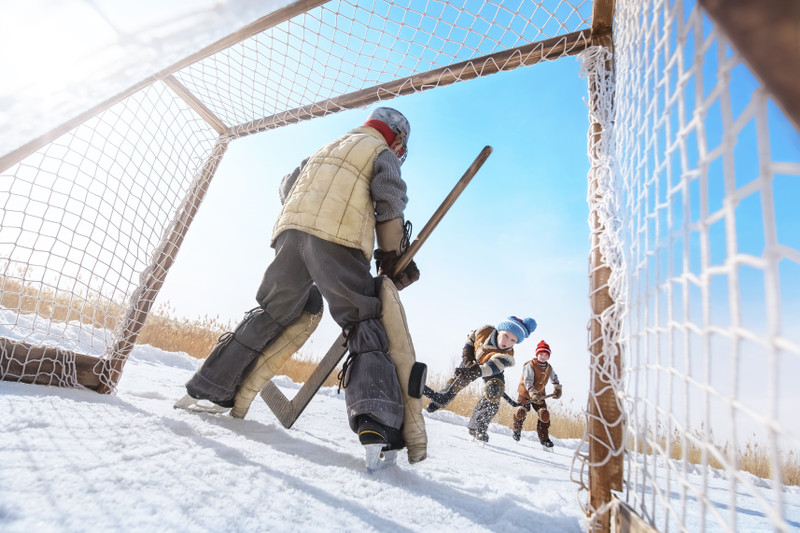Sponsored By: GFP Outdoor Campus Sioux Falls
No ice is safe ice. This is the number one rule that parents must remember when their child asks to get on the ice. Whether you are looking to go ice skating, play some ice hockey, or go ice fishing, you must remember that ice brings unique safety concerns.
Though you can never consider ice 100% safe, there are some key precautions you can take while on the ice.
First, never walk on ice that is less than 4” because your chance of breaking through the ice is high. Ice near shore or a dock will likely be thinner than ice further away from these places. So when you are entering the ice on the body of water, be cognizant of thickness in these areas. Be aware of the temperature that has been present for the past week. If the temperature increases for just a day, that can influence the thickness of the ice.
Ice Safety
Something no parent wants to think about but needs to consider with ice is rescuing yourself or your child.
Just like lifeguard training, do your best to never enter the water. Having rope that you can toss to the person that fell through the ice is key. Something else important to have on you are wearable ice picks. Because it can be difficult to get yourself out of the water once you have fallen through the ice, having ice picks to help you pull yourself out of the water can make a world of difference. Also, if you fall in, try and get out from the direction you walked out from since you know the ice was safe before you went in.
If you are walking on the ice, remember that it is slippery. You can purchase “ice cleats” that you put over your shoes that are often made of metal or rubber to help you keep your balance on the ice.
Dress the Part
One final note worth considering is your internal body temperature. Make sure you and your child are properly clothed for the weather. Hat, gloves, scarves, and jackets are all key items you should bring with you. If you are ice fishing, consider getting yourself and your child a pair of waterproof boots so that if either of you steps into a fishing hole, you are less likely to get wet. Remember that if you notice your child shivering, mumbling, and having dexterity issues, your child could have the beginning signs of hypothermia. Always err on the side of caution, get out of the cold, and enjoy some time indoors.














